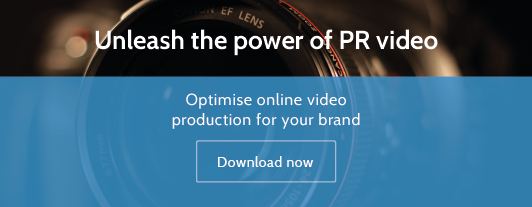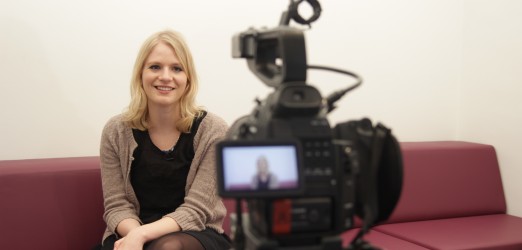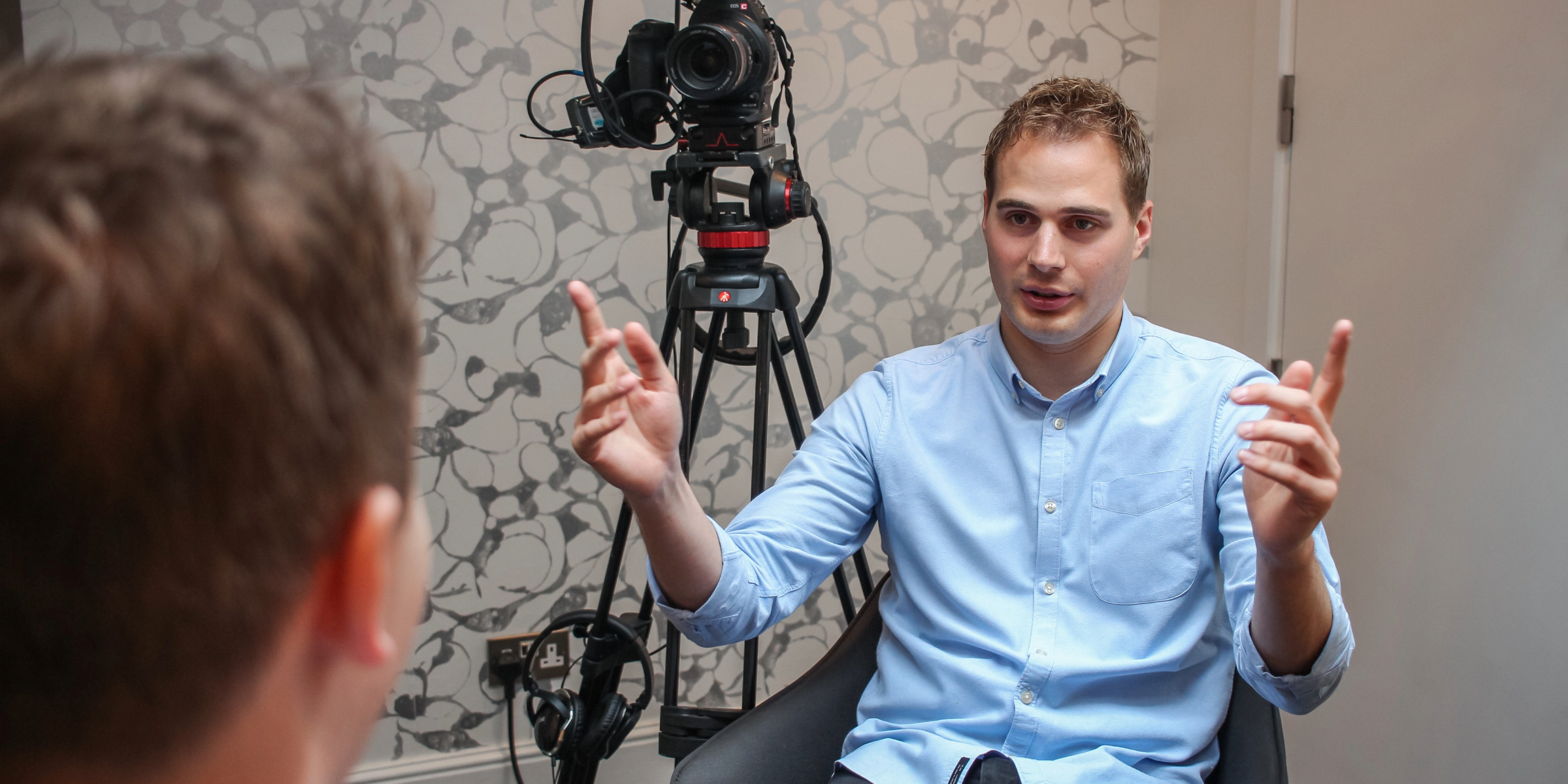We all know that working in communications doesn’t mean working 9 till 5, but no one wants to be in the office any longer than necessary – especially during these lovely summer evenings. Making video for PR – whether it’s B-roll or other video production services, can seem like a time consuming process, but it doesn’t have to be.
We’ve put together three top tips from our experts in PR video production which won’t just save you time, but will also give you a better understanding of the video making process, and ultimately help you to commission the best possible video.
Pre-prod
The importance of pre-production is something that we talk about at Shout! a lot – in fact, we wrote a whole blog about it: Getting started with PR video production. By front-loading the work required by completing a fully comprehensive video production brief, you’ll avoid nasty surprises and roadblocks down the line. Ask your producer, camera operator and editor for advice. They’re likely to have ideas that will enhance your video, plus they may be able to identify technical challenges that you wouldn’t have thought of.
Visual and audio
Consider your visual and audio requirements – avoid wasting hours in post-production trying to fix issues retroactively by getting it right during filming. You might have identified who you want to film, but where are you going to film them? Consider what will be in shot behind your spokesperson and also how they should style themselves.
If you’re using lights or it’s a sunny day, it’s likely to get quite hot during filming – so make sure you have powder on hand to fix any shine. You may feel awkward telling your spokesperson that they need a little powder, but you will feel much more awkward if they look sweaty and shiny in the final footage.
If you recce the filming location make sure you really listen for any background noises. Sounds which you may not notice day-to-day, such as aeroplanes flying overhead, or air conditioning hums can prove very distracting when amplified by a microphone, so it’s better to be aware of these in advance so you can change location or use different equipment in order to minimise background noise.
When making a series of videos for NHS Choices we filmed on location with real clinicians and often had to work around the background noise that occurs in environments such as children’s centres or doctors’ surgeries. Using directional mics and by turning off electrical machinery we eliminated any distracting sounds so they weren’t audible in the finished video. Take a look at the final product below:
Additional pictures
Scope out ‘wallpaper picture’ opportunities beforehand. This is the footage that you – or other broadcasters if you’re making B-roll – can use to cover up edit points and is absolutely essential. A talking head on its own will not give an editor enough material to create a package.
Think about relevant pictures – if your spokesperson is a corporate CEO perhaps appropriate footage would be of them in their office at work, if your spokesperson is talking about a specific initiative then you would need to capture footage of that initiative to support what they are saying. If you identify in advance what the ‘wallpaper pictures’ will be, then you won’t waste time on the shoot day trying to think of something appropriate.
When Shout! made a short video for VisitEngland about 2014’s travel trends, we spoke to several interviewees and filmed additional footage with all of them, so that there was plenty of additional content that we would use.
Finally, one last huge time saving tip – a specialist broadcast PR consultancy can do all the heavy lifting for you, from pre- to post-production work. To see how we can help you save time on your next PR video, get in touch now or download our free guide on maximising PR video for your brand.




